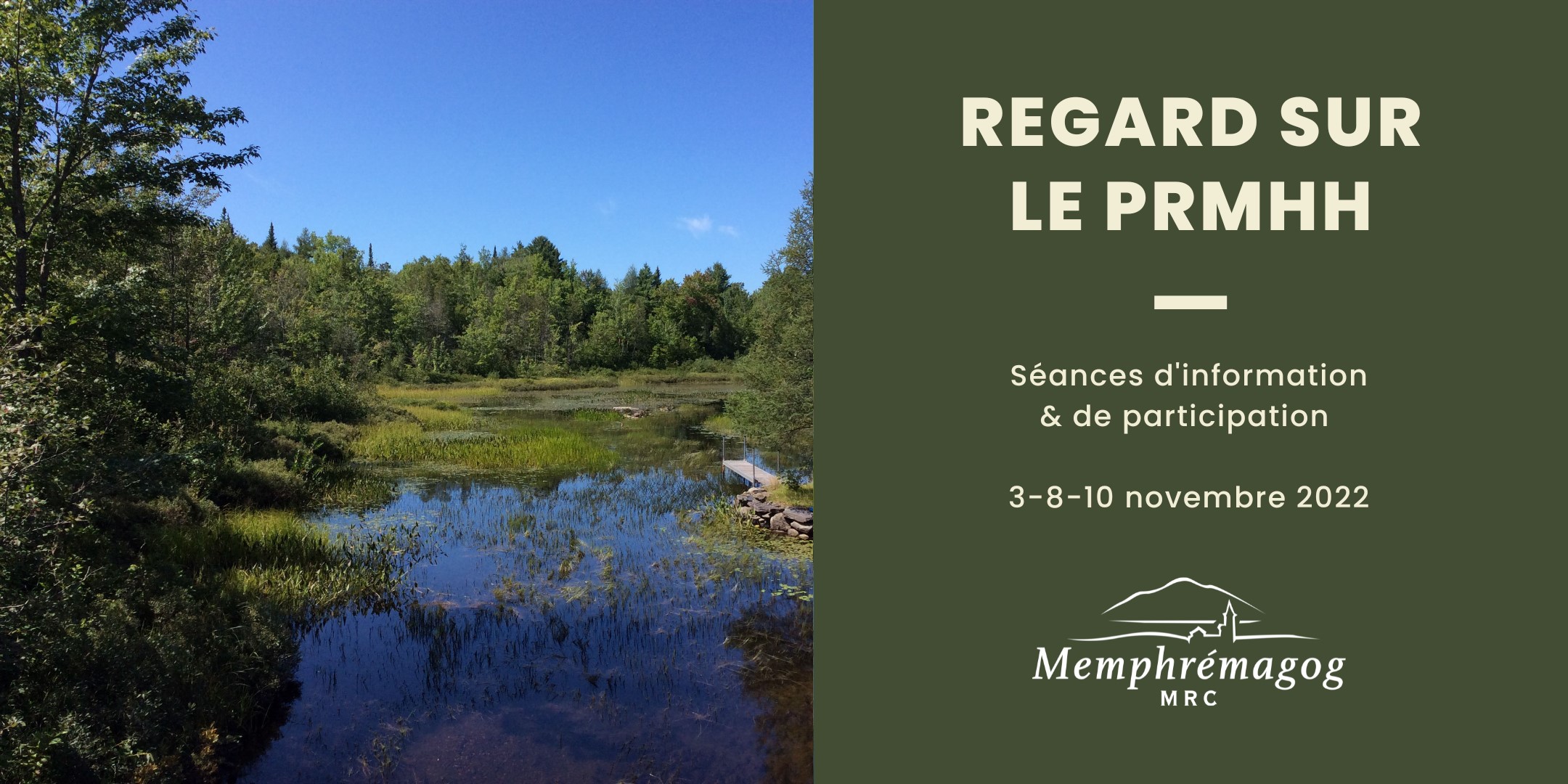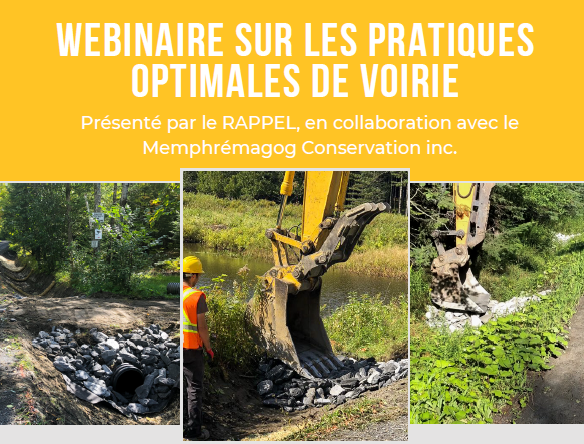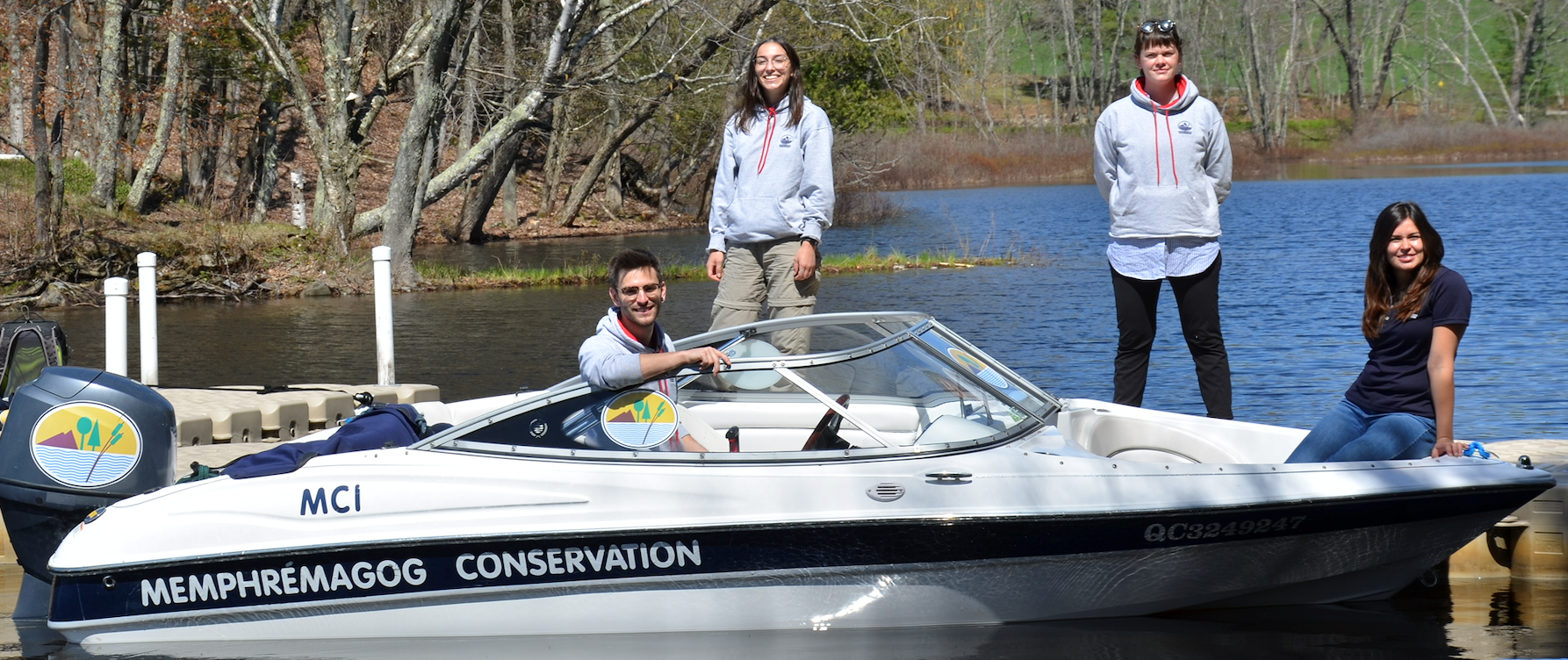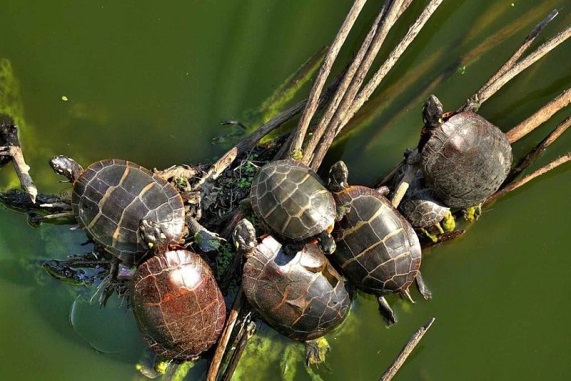Cyanobacteria
Cyanobacteria effloresences, or blooms, are divided into several categories.
Images : Categories of cyanobacteria efflorescences (Government of Quebec)
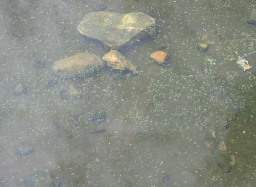
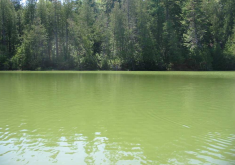
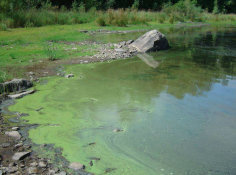
Category 1 Category 2a - without scum Category 2b - with scum
Answers to questions regarding cyanobacteria
Just what are cyanobacteria, anyway?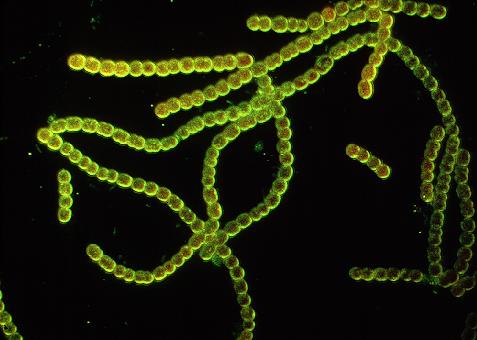 Cyanobacteria, also called cyanophyceae, blue algae and blue-green algae are microorganisms halfway between bacteria and algae. They are different from other bacteria in that they can photosynthesize, that is they can use the sun’s energy to grow. Thus, they resemble vegetation. There are many species of cyanobacteria, with different colours and textures. They occur naturally in all bodies of water. When they develop in large quantities, they are dense concentrations visible to the naked eye, called efflorescences or blooms. They benefit from changes in the water, such as elevated concentrations of phosphorus, which stimulate their growth. Some species are capable of producing toxins.
Cyanobacteria, also called cyanophyceae, blue algae and blue-green algae are microorganisms halfway between bacteria and algae. They are different from other bacteria in that they can photosynthesize, that is they can use the sun’s energy to grow. Thus, they resemble vegetation. There are many species of cyanobacteria, with different colours and textures. They occur naturally in all bodies of water. When they develop in large quantities, they are dense concentrations visible to the naked eye, called efflorescences or blooms. They benefit from changes in the water, such as elevated concentrations of phosphorus, which stimulate their growth. Some species are capable of producing toxins.
Are cyanobacteria dangerous in and of themselves?
Like all indigenous species, cyanobacteria have a role to play in the ecosystem of the lake. They are not harmful in and of themselves. Nevertheless, when they proliferate excessively, for example if there is a surfeit of phosphorus in the water, they disturb the entire ecosystem, and can have a negative effect on the quality of drinking water.
How can I recognize a cyanobacteria bloom?
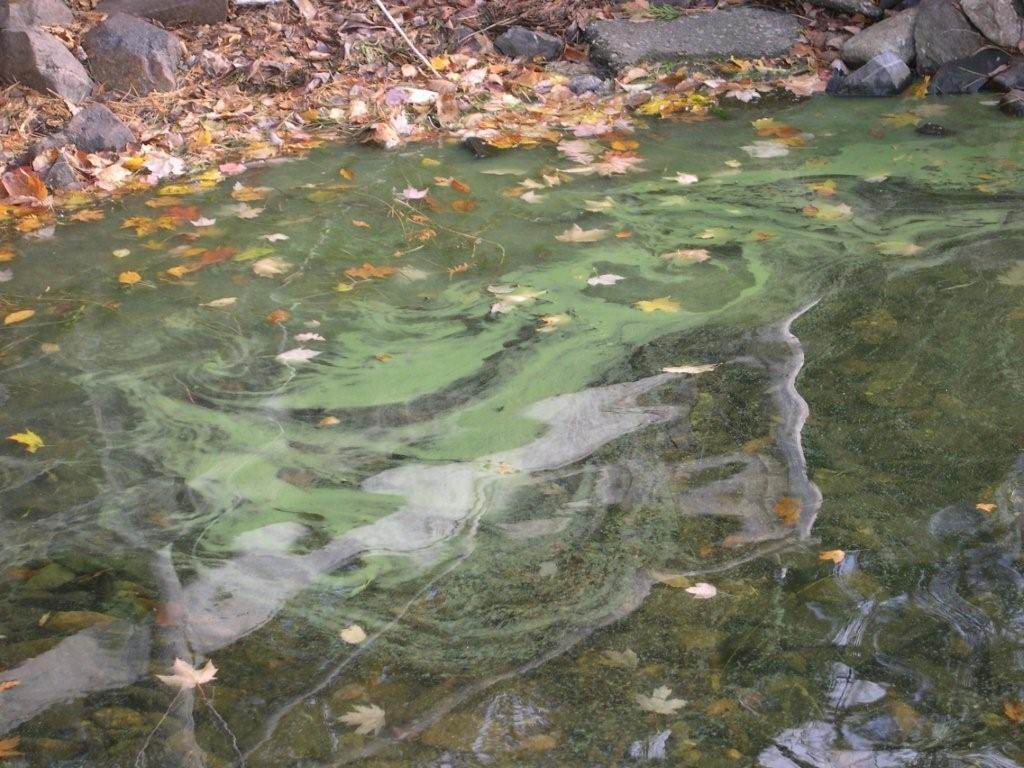
A cyanobacteria bloom can be many different colours, from blue-green to olive green all the way to violet or red. It can also have different textures, sometimes looking like gluey lumps floating in the water, sometimes like a scum or a foam on the surface, or even like dye or paint.
Why are cyanobacteria so dangerous?
Cyanobacteria are considered as potentially very dangerous due to the potent toxins, called cyanotoxins, that certain species can produce and release into the water. These potential pathogens can even be deadly for certain living things, including humans. Some attack the liver, others the nervous system, and some can irritate the mucous membranes or the skin, and cause allergic reactions. The first symptoms resemble those of gastro-enteritis. It is therefore critical to avoid contact with or ingestion of water where there is a bloom. In particular, infants are more vulnerable to being exposed to cyanotoxins, given their greater consumption of water in relation with their body weight. In fact, Health Canada recommends avoiding preparing baby bottles with tap water, even if it is potable, during a cyanobacteria bloom.
Are all cyanobacteria blooms toxic?
No, many cyanobacteria blooms are not associated with the production or release of cyanotoxins. However, only a laboratory test can confirm the presence or not of these toxins in a bloom. Thus, all cyanobacteria blooms should be considered potentially toxic and appropriate precautions taken. The Health and Social Services Ministry recommends avoiding all aquatic activities that could occasion a prolonged exposure to the water for at least 24 hours after the disappearance of a bloom in areas recently affected.
What are the impacts of the proliferation of cyanobacteria?
Cyanobacteria are, first and foremost, a serious menace to public health, which must be taken seriously, as it imperils access to drinking water, access to water sports, affecting many sectors of economic activity, as well as affecting property values. This proliferation can bring with it all sorts of water quality problems, including massive fish die-offs in summertime, unpleasant odours, and the contamination of drinking water supplies. Certain cyanobacteria produce toxins that can kill livestock and wild animals.
What conditions are conducive to the production of cyanobacteria blooms? When are blooms likely to appear?
Cyanobacteria benefit from alterations in the conditions of bodies of water, most notably an elevated concentration of phosphorus. The excess phosphorus found in our aquatic ecosystems comes from the way we use the territory, and the activities we carry out. As well, when the phosphorus found in sediments is disturbed, it ends up back in the water column, where it becomes available to the cyanobacteria. Also, the warming of the water, often caused by the artificialization of the shore or the degradation of the shoreline buffer zone, artificialization of the shore or the degradation of the shoreline buffer zone, contributes to their proliferation. It must be remembered that cyanobacteria are microorganisms that are extremely efficient at dominating their environment. As soon as conditions are ripe for their proliferation, they proliferate! They develop mostly in summer and fall when the weather is warmer and the productivity of the lake is at its maximum. However, they can also develop under ice in winter. Shallow and sheltered bays of the lake are especially conducive to the development of cyanobacteria as their waters are warmer and calmer.
What is the impact of cyanobacteria in the Lake Memphremagog watershed?
During cyanobacteria blooms, many municipalities are affected by non-consumption of water advisories. Remember that during the 1950s, numerous cyanobacteria blooms were observed in Lake Memphremagog. Following the establishment of norms regarding the management of wastewater from isolated residences and the construction of municipal wastewater treatment plants, the situation was significantly improved. Unfortunately, population pressures in the watershed since that time have resulted in their reappearance since 2006.
What about the use of algaecides?
The use of algaecides is ineffective in the control of cyanobacteria, as well as being a potential problem in and of itself. In fact, algaecides cause a massive release of toxins present in cyanobacteria. As well, these pesticides can adversely affect aquatic life and human health.
What is the MCI Sentinel Network?
Since 2006, MCI has put in place a network of observers, in order to identify all cyanobacteria blooms that occur on the lake. The work is not complicated, requiring only a regular observation of the water near your property and during boating excursions. If you note any signs of blooms, even if you are unsure if they are cyanobacteria, simply take a picture or a short video and note the extent and location of the bloom.
Send the information to us via email at the following address: patrol@memphremagog.org. You can also call us at 819-620-3939, as the patrollers can often go to the site the same day to validate the observation and answer any questions you may have.
The information collected is forwarded to the government of Quebec as well as to the municipalities concerned. Only this teamwork can allow us to protect our magnificent lake, so important for our region. Thank you for participating in cyanobacteria monitoring at Lake Memphremagog!
How can we combat cyanobacteria?
In order to eliminate these harmful cyanobacteria blooms, we must reassess in detail how we occupy the territory, and the activities we practice on it. In particular, we need to eliminate all sources of phosphorus that enter the lake. This will not be easy. However, we won this battle once before. Remember the 1950s and the change in septic systems. Everyone must play their part. To find out how you can contribute to the fight against cyanobacteria blooms, please refer to the appropriate section under the What can I do? menu.
For more information:
Consult our interactive map on cyanobacteria : Cyanobacteria Blooms
Additionnal documentation:
GRIL, 2007. Cyanobacteria in Québec: a portrait of the situation (in French only)
Government of Quebec, 2024. Algues bleu-vert = cyanobactéries! (in French only)
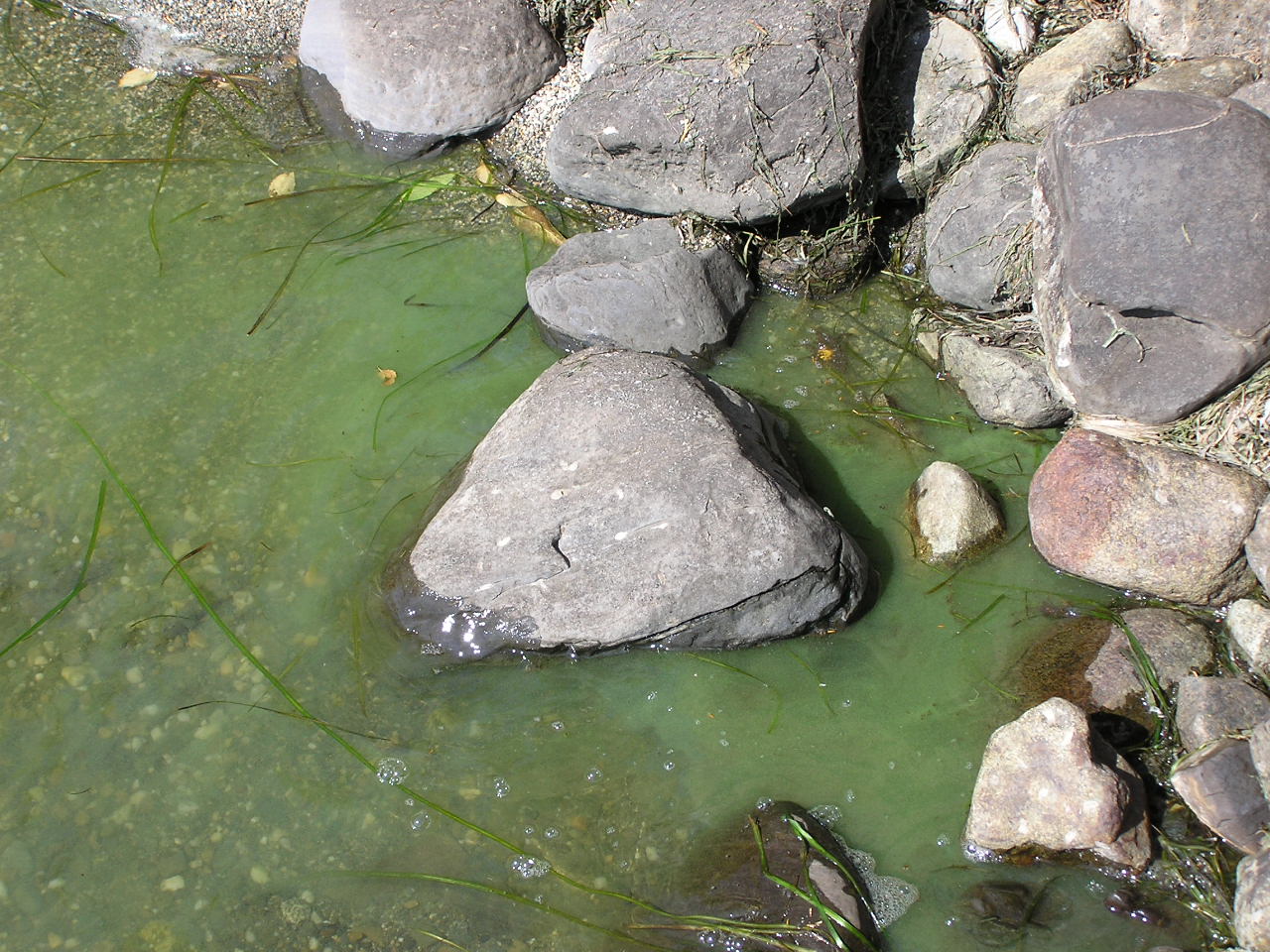




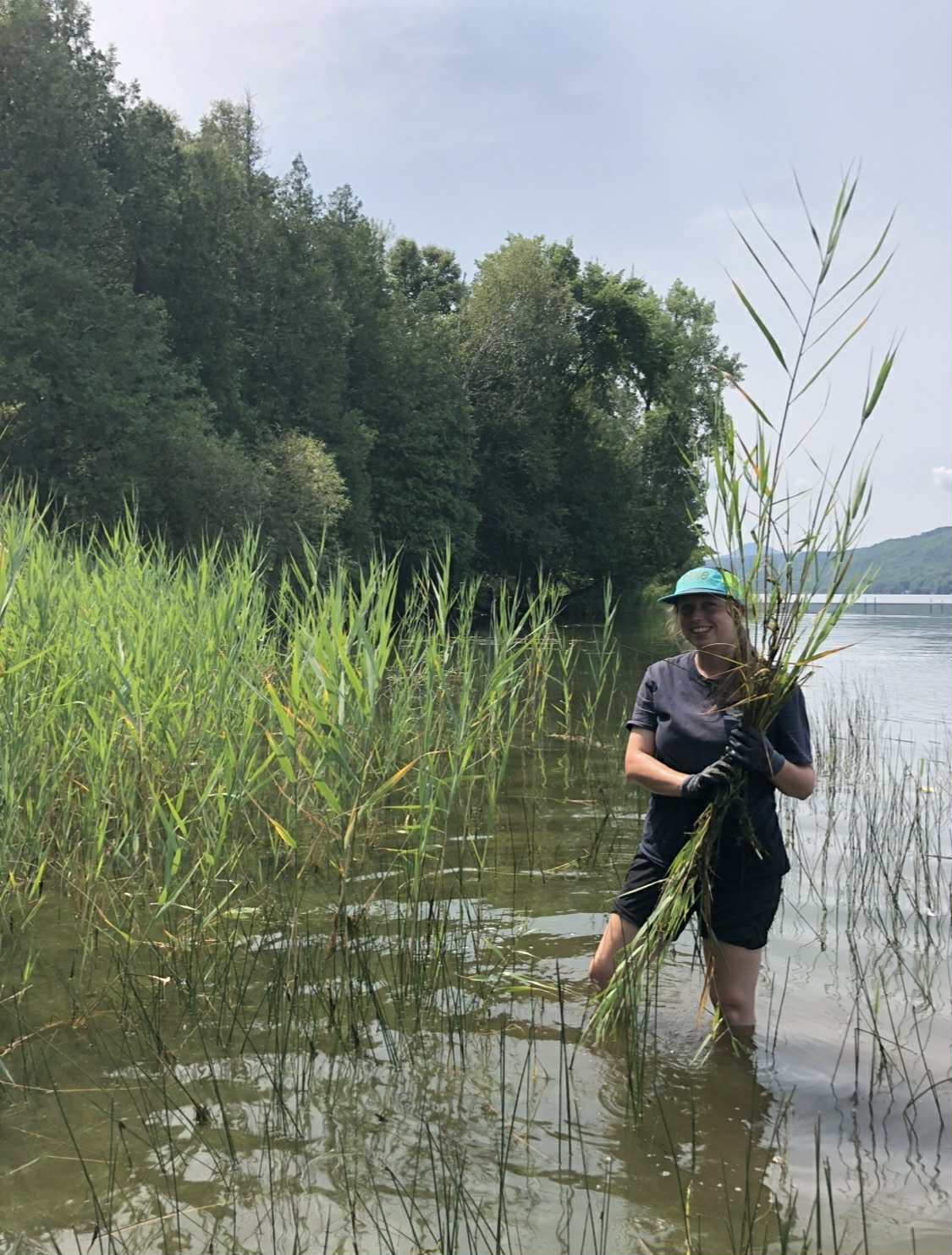



.png)
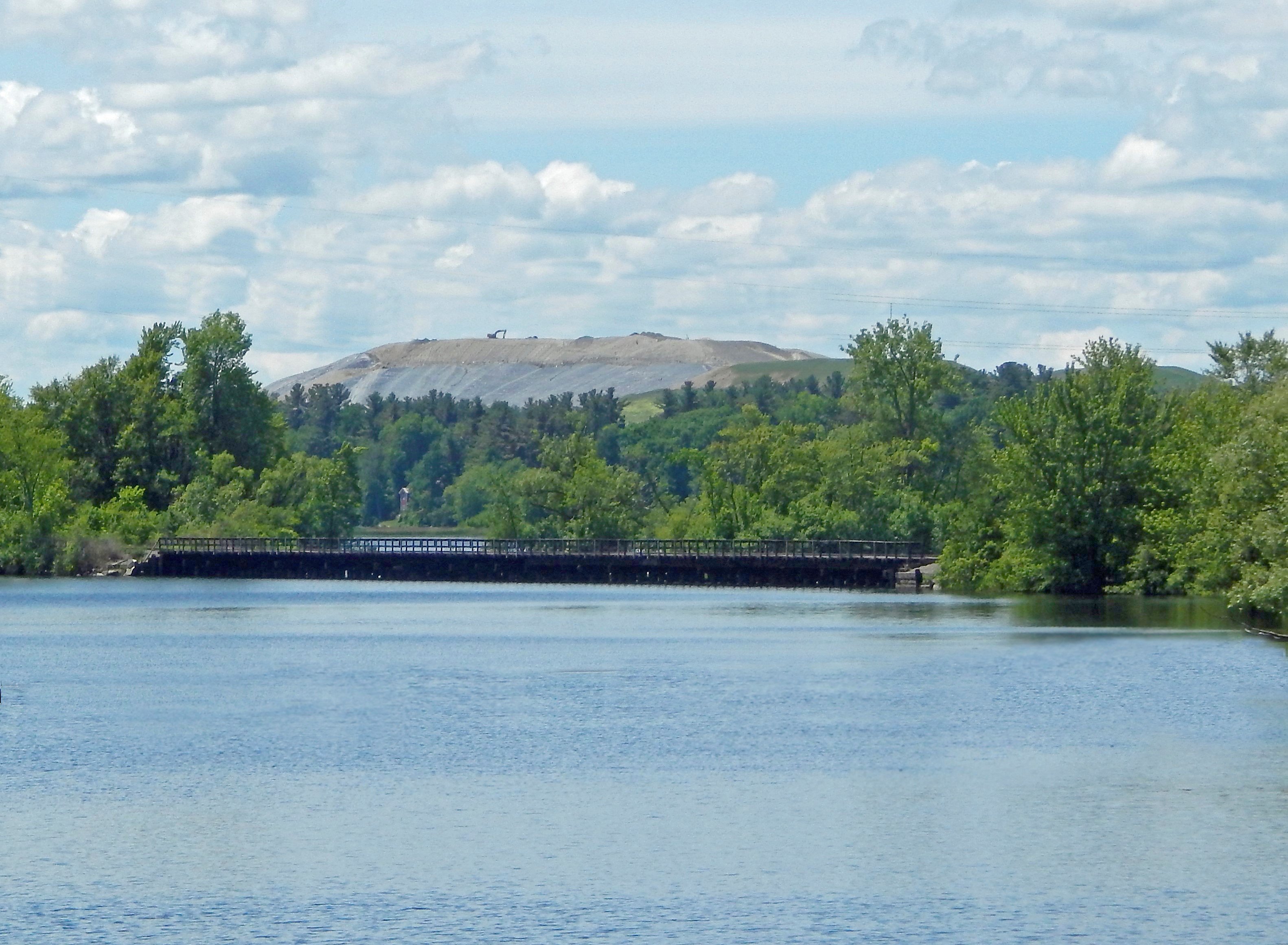




.JPG)
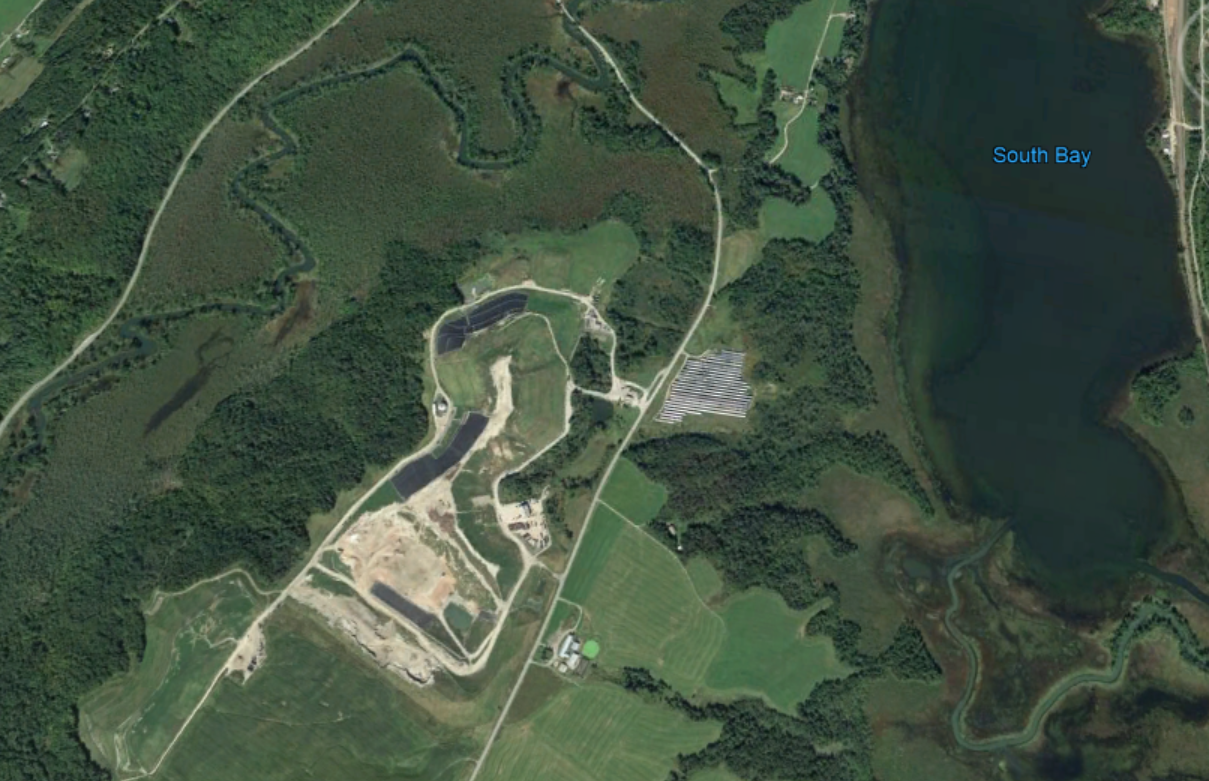
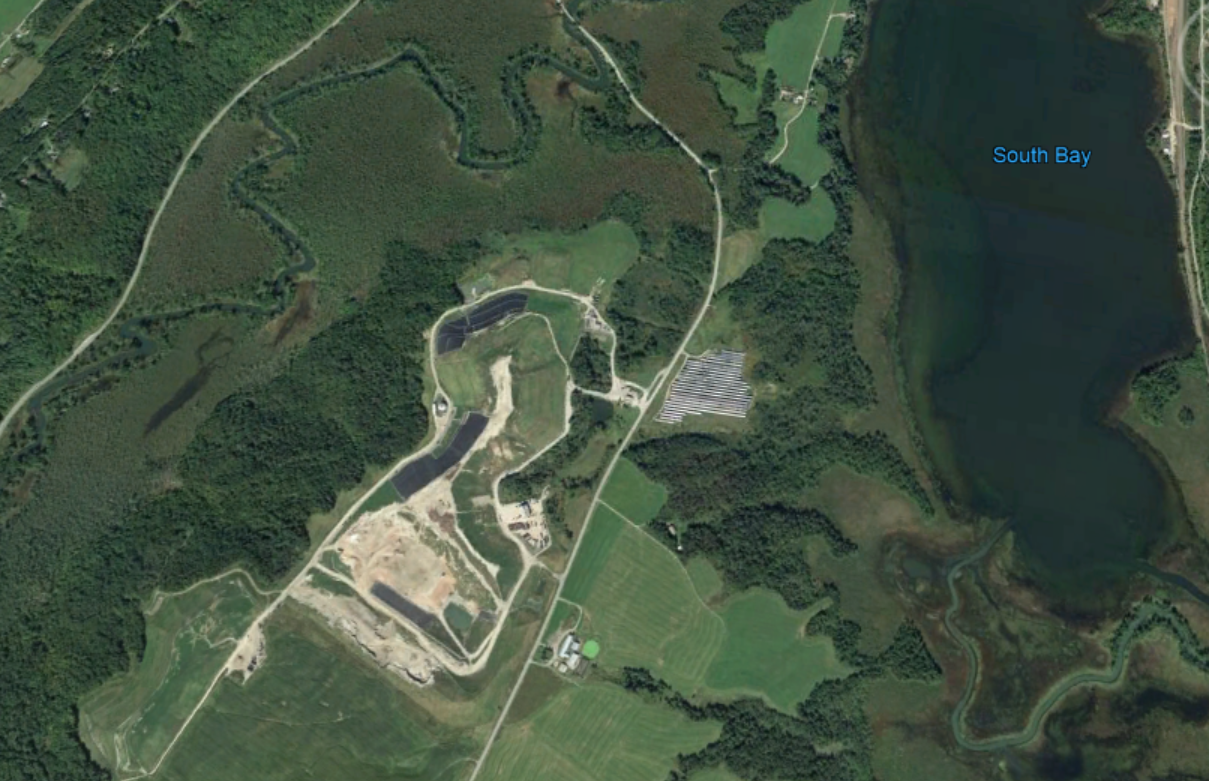



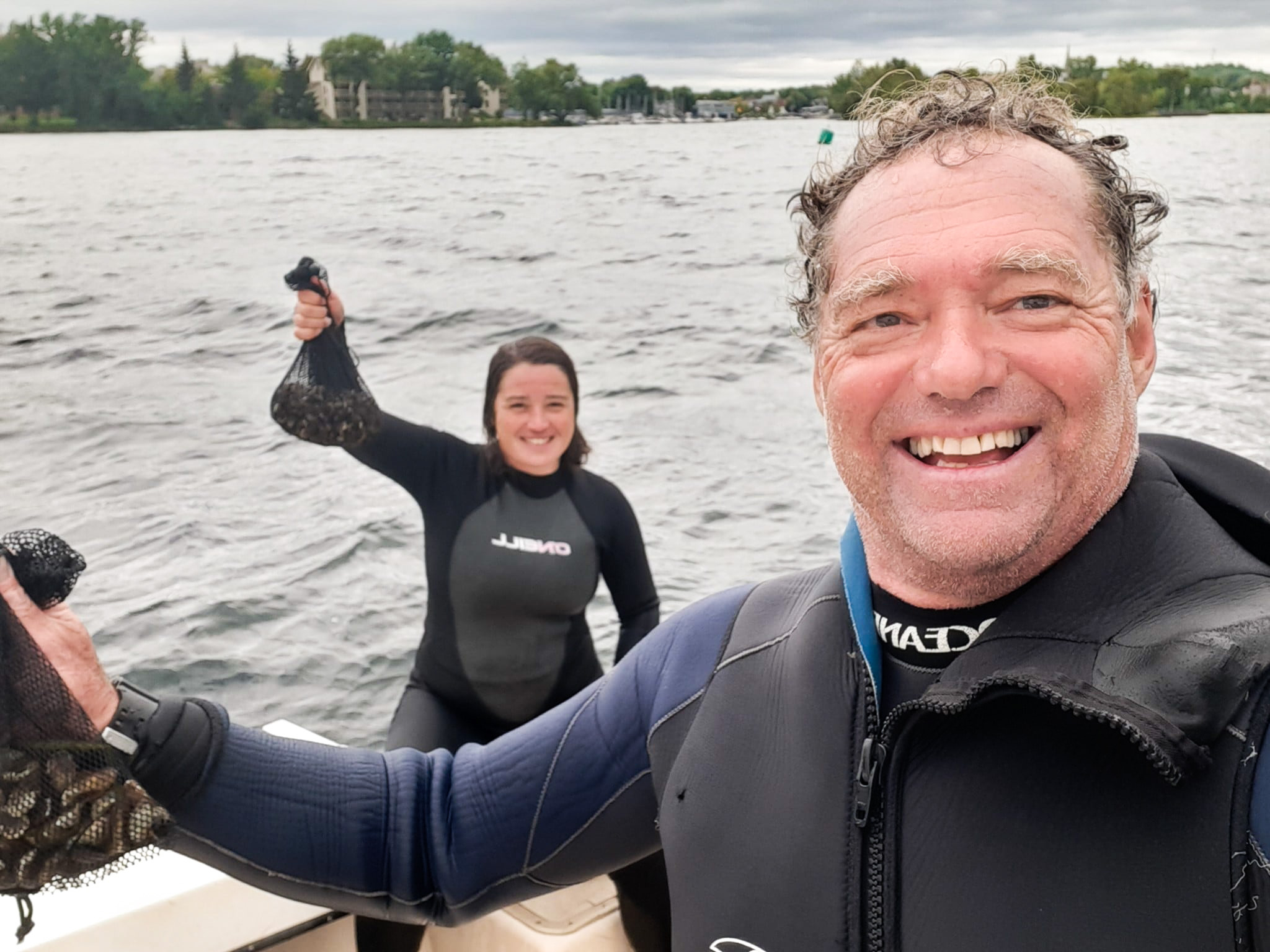

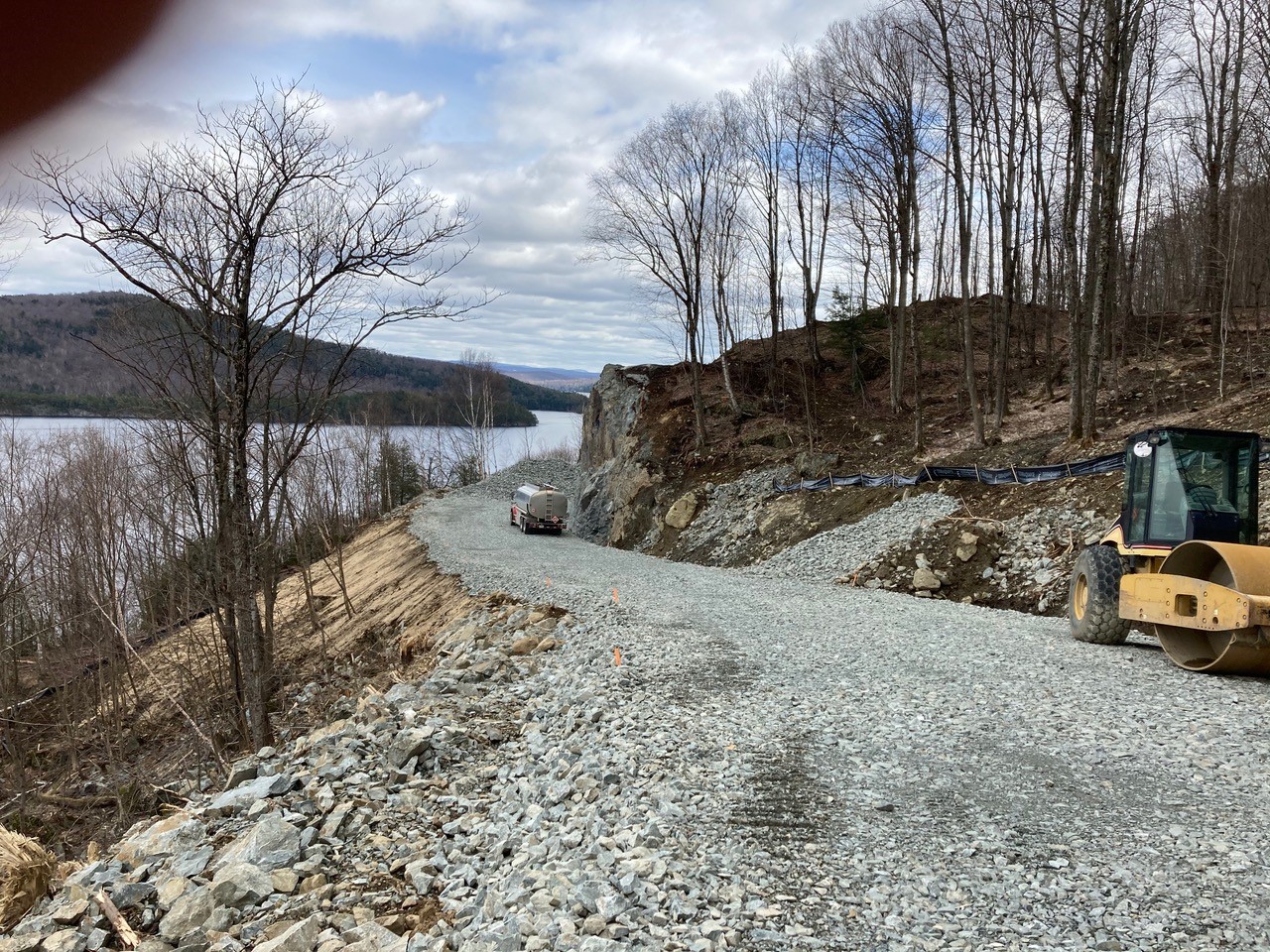
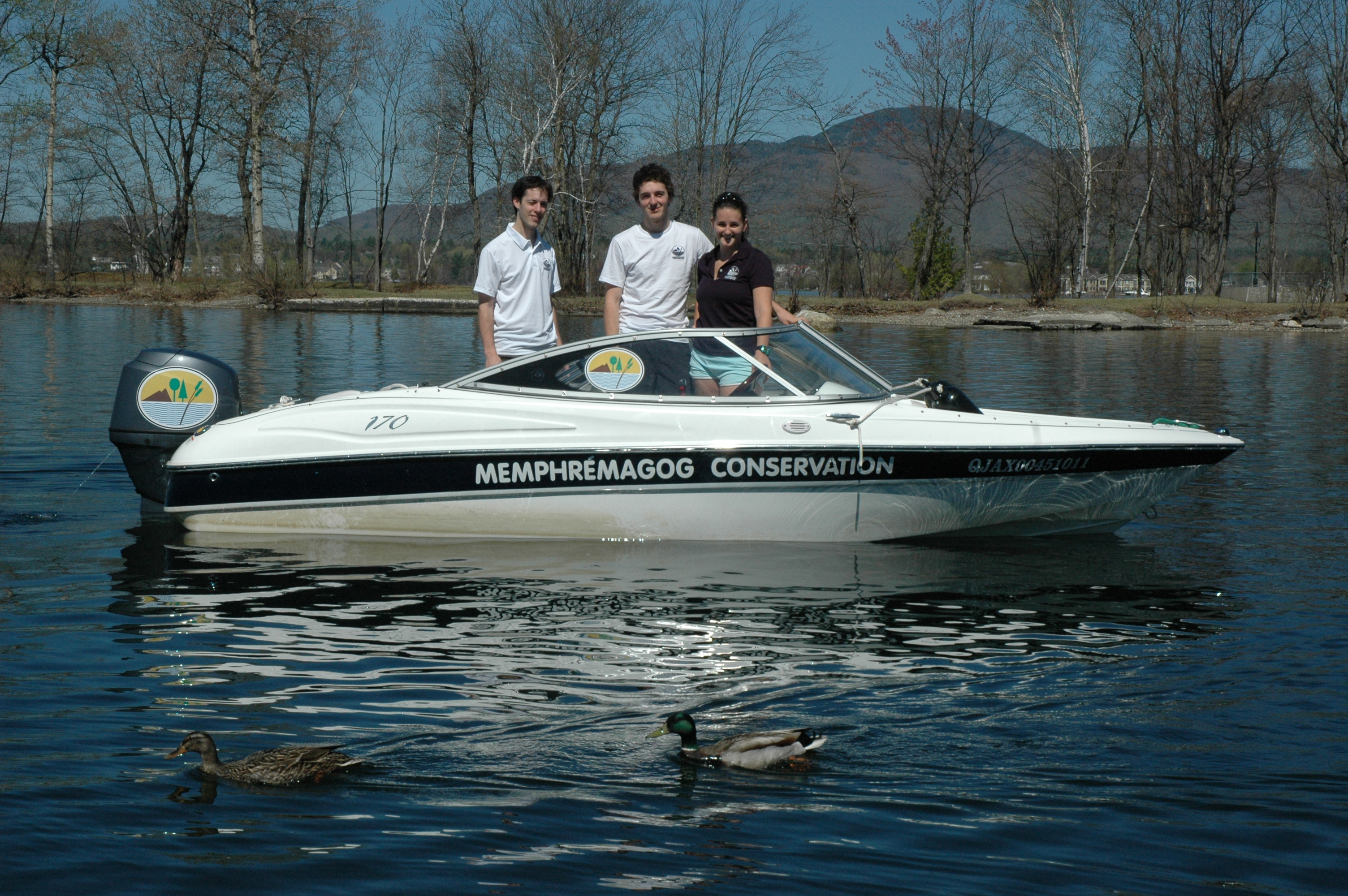























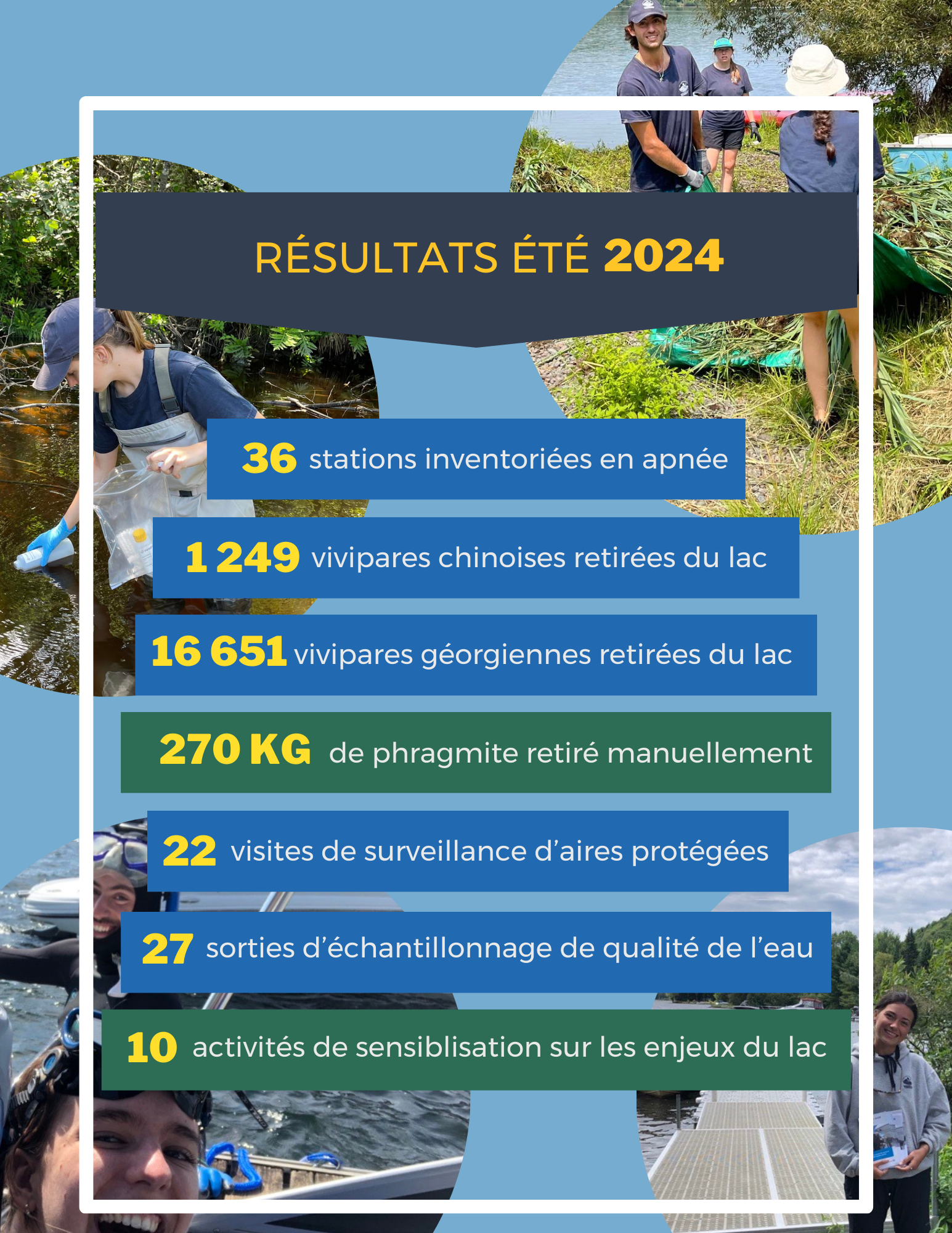
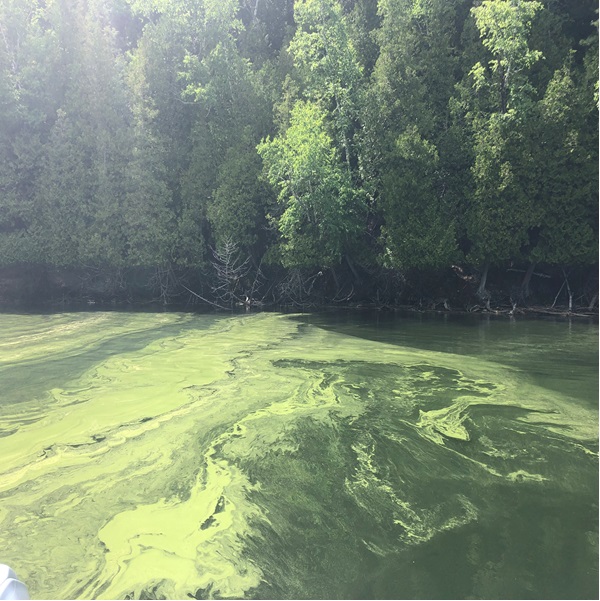
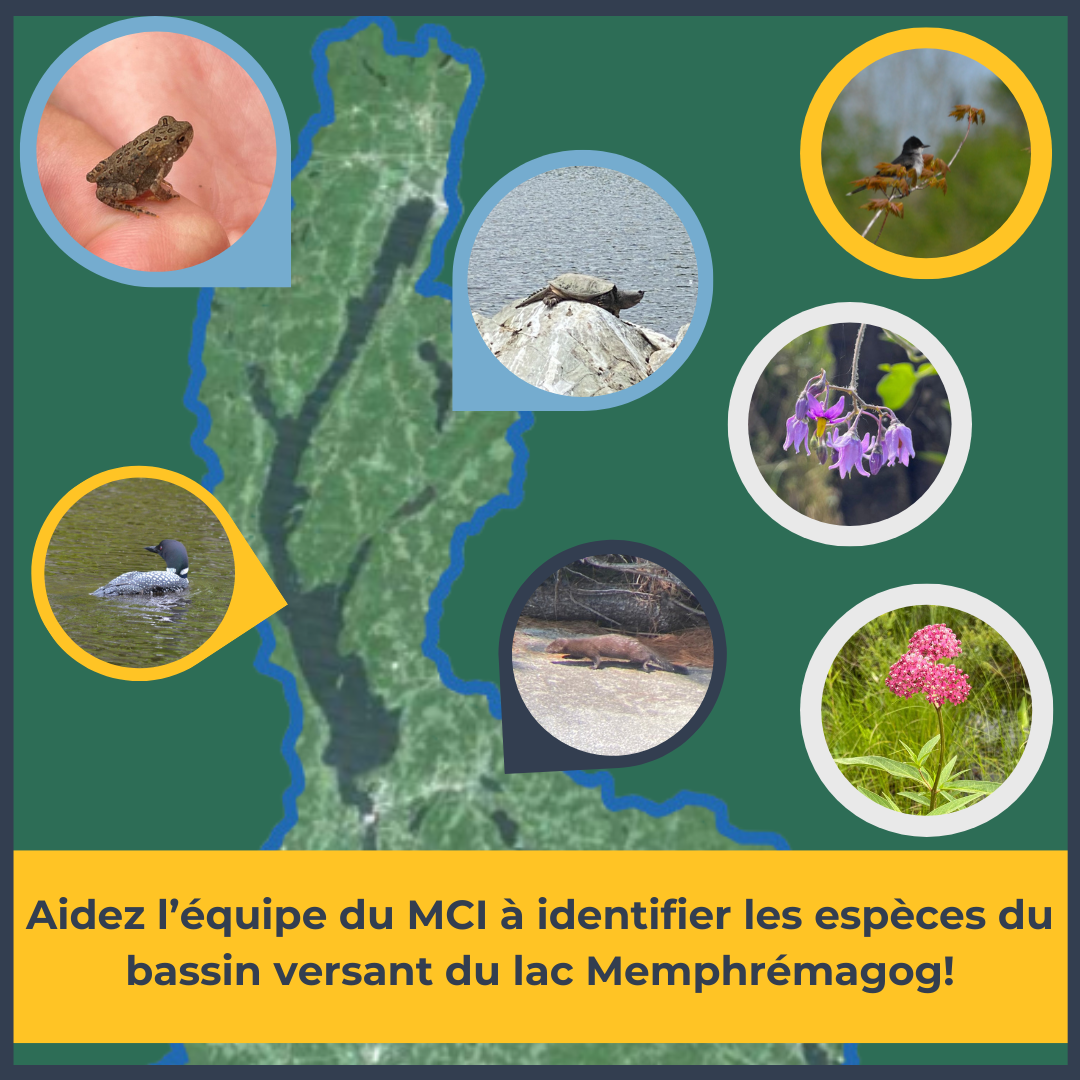
.JPG)





